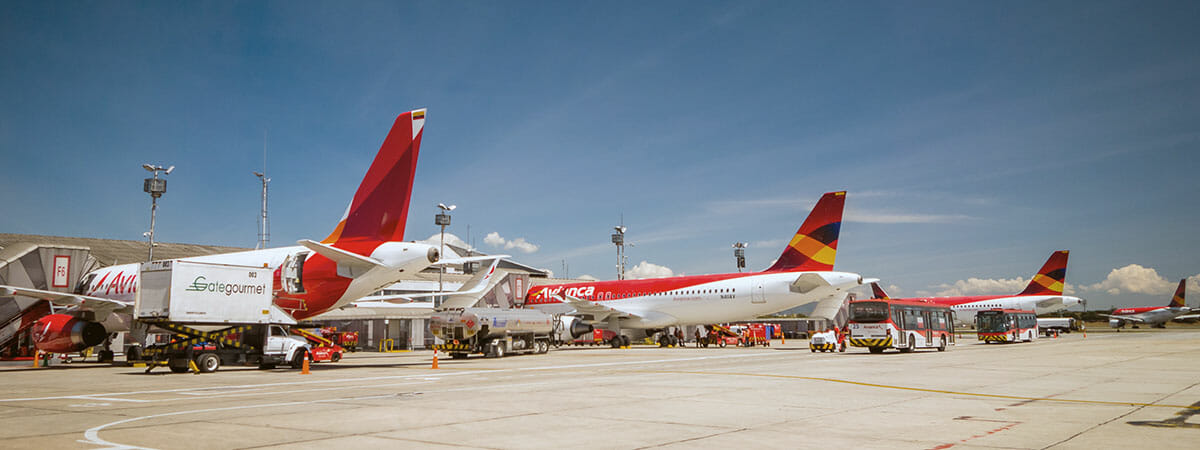If I told you that there is a connection between Maximus, General of the Roman Empire and protagonist of the film Gladiator, game theory and how Airbus or Boeing determine the prices of their aircraft, or how airlines set the price of their tickets, would you believe me?
Well, it’s a bit contrived, but it’s true. In 2001, Australian actor Russell Crowe, known for starring in such films as Gladiator, Master and Commander, Cinderella Man and American Gangster, among other hits, played the role of John Nash, the mathematician and winner of the 1994 Nobel Prize in Economics, whom many will remember as being the inspiration for “A Beautiful Mind,” the award-winning film that thrust game theory into popular culture.
The “Nash equilibrium”, when applied to the air sector, doesn’t mean achieving the best result for airlines as a group, but only the best result for each and every one of them considered individually.
Game theory is a branch of mathematics and economics that uses models to analyse and study situations called games, in which two or more players have to interact and decide which decision to make based on the decisions that the other players may make.
John Nash went down in history because of his fundamental contribution to Game Theory; specifically, for creating the Nash Equilibrium, or “solution concept”, where a player is not incentivised to alter his/her strategy as long as the other players keep their own intact. As a result, each player is making the best possible “move” in light of the other players’ moves.
If we transfer this concept to the business world, in a Nash equilibrium, each company makes the best possible “move” by taking into account the moves of other companies. This doesn’t mean achieving the best combined result for the companies, it only maximises the result for each company individually.
Application of the Nash Equilibrium to the aviation sector
From tenders for aviation and airport infrastructure projects; first-price and second-prize sealed-bid auctions or tenders; aviation pool contracts; technology development budgets for production and technology in the aviation industry; aircraft production between Airbus and Boeing; to ticket prices set by airlines and the competition between two airlines on a certain route. They all depend on it. Let’s take a look at several examples.
How would this theory apply if several airlines were competing on the same route?
In economic terms, the Nash Equilibrium describes the market for a good in which there is a set of airlines competing with one another, with each airline separately deciding how to price its tickets to maximise its own profits.
If, for example, Ryanair decides to offer more flights than there is potential demand for, it will have to bear higher costs; however, if it decides to produce less than is demanded, it will not be able to satisfy all its customers.
And how does any airline adopt the best strategy based on the decisions of other, competing airlines? The best strategy would be to change the price.
Suppose there are several airlines operating on the same route and providing the same services to passengers, meaning no one airline offers better quality than the others. In this case, the airline with the lowest price will get the largest share of the market. But of course, the minimum price would have to, at the very least, cover its operating costs. Thus, the Nash equilibrium in this context would be a price lower than that of its rivals, but higher than its operating costs.
Airlines behave as mere strategists, taking into account the moves of all their competitors to win the game, the main objective being to gain the highest market share possible.
Another case where this equilibrium applies is in airport operations.
There are countries like Spain where one company, in this case AENA, has an airport monopoly. But what happens, for example, in London? In the British capital, there are several operators running its 6 airports: Heathrow, Gatwick, Stansted, Luton, London City Airport and Southend. How do they compete?
To analyse this case, we can create a game in which there are several airports that share an area of influence and have one or more airlines operating at each.
These are vertical structures, formed by an airport and the airline, which set up a contract or agreement to distribute commercial revenue.
In this case, although airports are competing to attract the same passengers, it is in fact the airlines that are competing with one another, since airports are just buildings that, on their own, are unable to move or attract passengers. Because of this, they set up vertical structures to analyse airport competition.
By having airlines offer competing services, passengers are placed in a position of having to decide, and thus which airline/airport to select for their flight.
To solve the game, we can find the perfect subgame Nash equilibrium. On the one hand, each airport-airline decides the variables of the profit-sharing agreement, and on the other, the airlines take part in a Cournot competition and decide the number of passengers they are going to transport.
Another interesting case to which game theory can be applied is that of airline alliances.
Examples include Oneworld, SkyTeam and Star Alliance. Why do these alliances exist? Why do all the major airlines belong to one of them?
In the air transport sector, airlines engage in collaborative strategies in most cases, acting in parallel and simultaneously through alliance agreements.
One exception is Ryanair, which has implemented a strategy that is different from its competitors’, acting rationally and applying the strategy it deems best for its own exclusive interests.
Currently, the aviation sector finds itself in a Nash equilibrium, since airlines do not want to change their strategies, and want to ensure a reasonable minimum market share. The result is that traditional airlines are guaranteed long-haul flights and low-cost airlines the short-haul routes.
However, new strategies occasionally emerge that have seen the low-cost sector “appropriate” strategies, such as having a single airline monopolise a secondary airport. Such is the case of Stansted (London) and Ryanair.
Considered as a whole, if an airline gains market share in the air transport sector, this has an effect on all the competition. This is a clear example of a zero-sum game, in which airlines cannot enter into agreements beforehand. In the end, mathematics also provides an answer to how the aviation market behaves.



